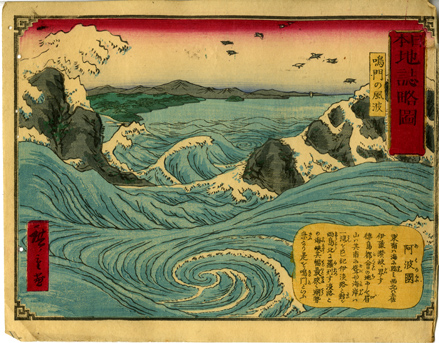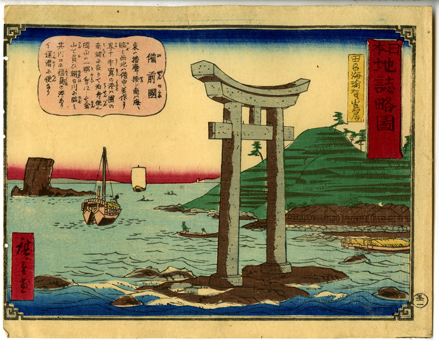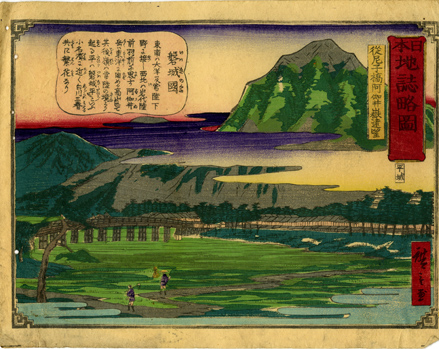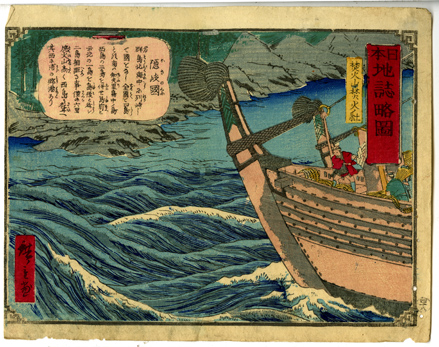I’m sure many of you have seen the “What I Do” meme that did the rounds a while back. The meme itself is old news, but I recently stumbled across a “What I Do” image for archivists this week on the Syracuse University’s Special Collections Research Center blog. The author of the Syracuse University post is absolutely right -- archivists do actually combine all of these perceptions in their daily work. (Although we also do much, much more. All of the tasks depicted above are in the short job explanation I give to relatives at Christmas.) We get to go on hunts for researchers, dig through storage systems that have seen better days, handle an awful lot of things that necessitate lab coats and gloves -- or at least old clothes and frequent hand washing – and discover hidden treasure.
Treasure is subjective, of course, and the historical and physical context of an item usually determines its value. Most of the time archivists aren’t stumbling over relics of the Founding Fathers or the Ark of the Covenant, but finding small surprises like beautiful art or items that tell us something intimate or surprising about a person or collection. Here’s an example of something I found recently that is, I think, legitimately exciting, especially given the scope of the collection.
At first glance, the Batcheler, Hartshorne, and Sahlin families papers have nothing to with 19th century Japan. This is a Swedish-American family which boasts many influential members on both sides of the Atlantic Ocean and in many different fields. The family tree contains a distinguished federal judge, a riksantikvarie (national archivist) of Sweden, a man who helped to build the first iron and steel mill in India, a museum director and vocal advocate of Swedish folk culture, a founder and director of the Swedish Institute in Rome, and a restoration architect who helped to preserve Philadelphia’s own Independence Hall. But what they don’t have is a famous 19th century ukiyo-e printmaker. Or anyone who studied Japanese art. Or, as far as I can tell, anyone who even had a passing interest in Japanese art.
Which is why I was surprised when I found 44 of these:
These are prints are part of a series that can be translated as "Rough Sketches of Japanese Geography" and were made by the Japanese ukiyo-e artist known as Hiroshige II. The first Hiroshige (Utagawa Hiroshige) lived from 1797 until 1858. After his death, two of his successors also used the name Hiroshige, but distinguished themselves by using different kanji in their signatures: Hiroshige II and Hiroshige III. These prints are signed with one of Hiroshige II’s signatures (signature "b" as seen here), so they date from between 1858 and 1865. They were tucked inside the back cover of a guestbook that Ellen Sahlin Hartshorne kept from 1914 until 1924. I didn’t scan an image of the guestbook, but just imagine an unassuming leather bound book with some red rot issues. It’s filled with signatures and well-wishes from friends who visited the farmhouse where she lived with her mother and later at her first home as a new bride.
The existence of the Japanese prints in this otherwise very Swedish and very American collection does have an explanation, of course. In October of 1913, Ellen and her mother, Gertrude Chandler Sahlin, took a long trip to visit Ellen’s brother, Bob, in Jamshedpur, India. Bob was working for the Tata Iron and Steel Company at the country’s first iron and steel mill (a job secured for him by his father, Axel Sahlin, who was part of the firm that managed the construction of the mill). After visiting Bob in India, Ellen and Gertrude made their way back to the United States by way of South Asia, China, and Japan, returning to the U.S. in March, 1914. This collection contains letters that they wrote back to Bob as they traveled, postcards, and a few photographs, but no artifacts from the trip. So the presence of these images was a very pleasant surprise.
It became more of a surprise when I had trouble finding information about this series of prints. Yale has a copy (although it's attributed to Hiroshige I), and there's a copy available via Google Books, but no one has written much this specific series. This is likely because Hiroshiges II and III are not as famous or collectable as the original Hiroshige, so they don't receive as much attention in print or online.
The guestbook is charming and valuable in and of itself (Ellen’s friends are terribly sincere), but the ukiyo-e prints are the real treasure here. After some conservation work, the 44 prints in this collection will be made available to researchers, but for now you can see all of the images in this blog post plus a few more in our Digital Library. Click on the main image itself or click on “zoom/more media.”






